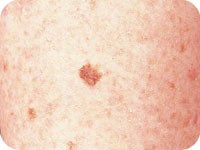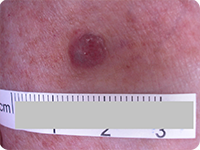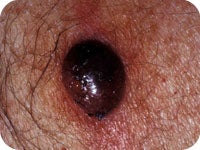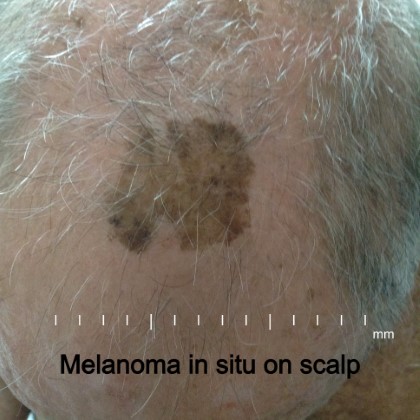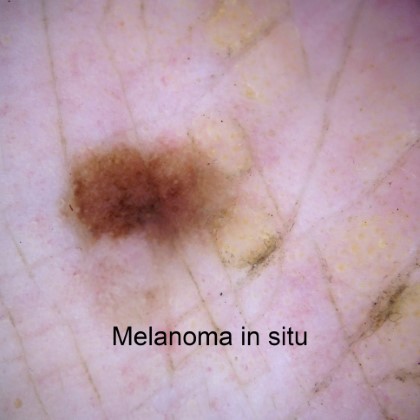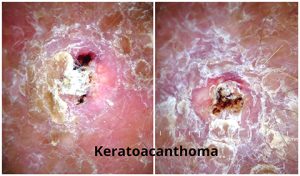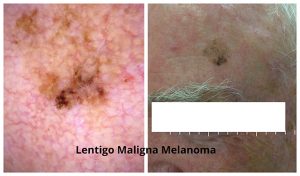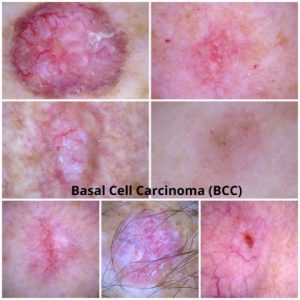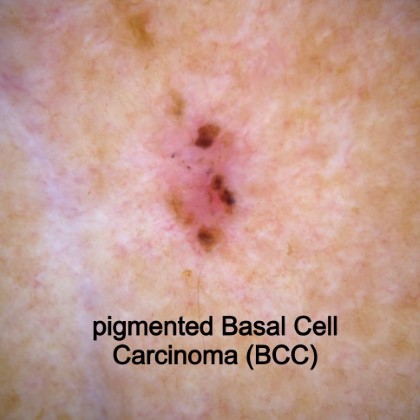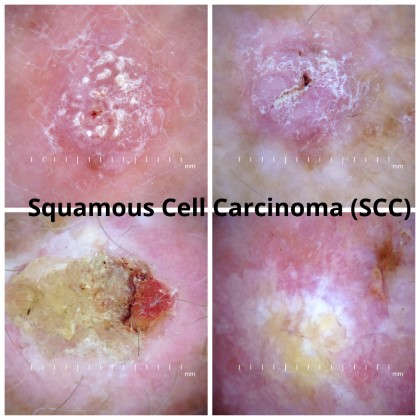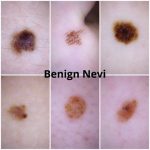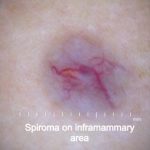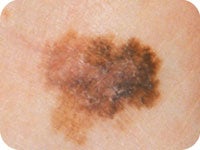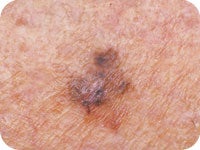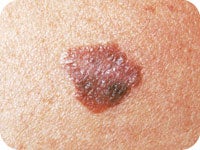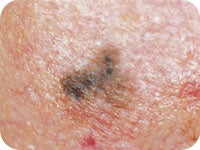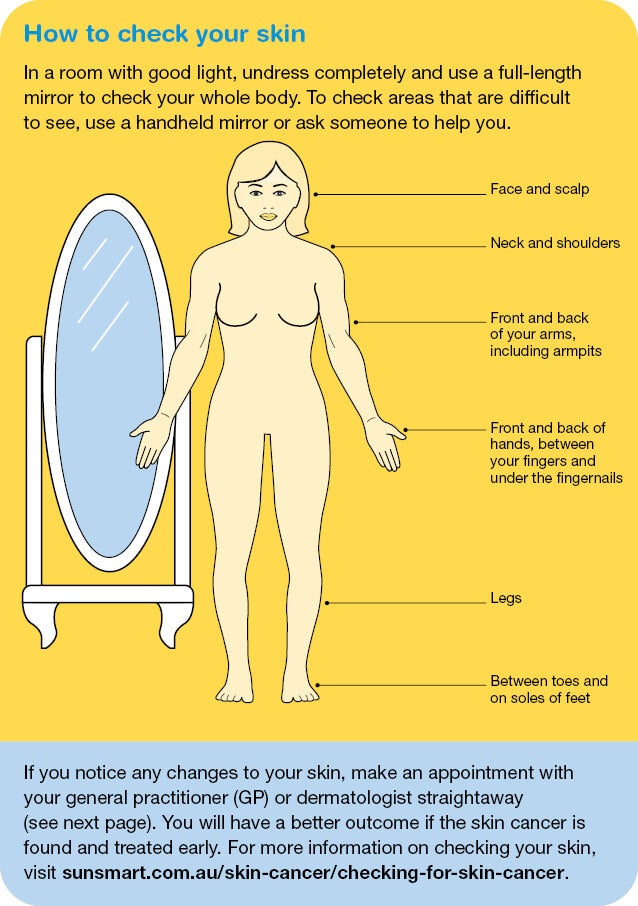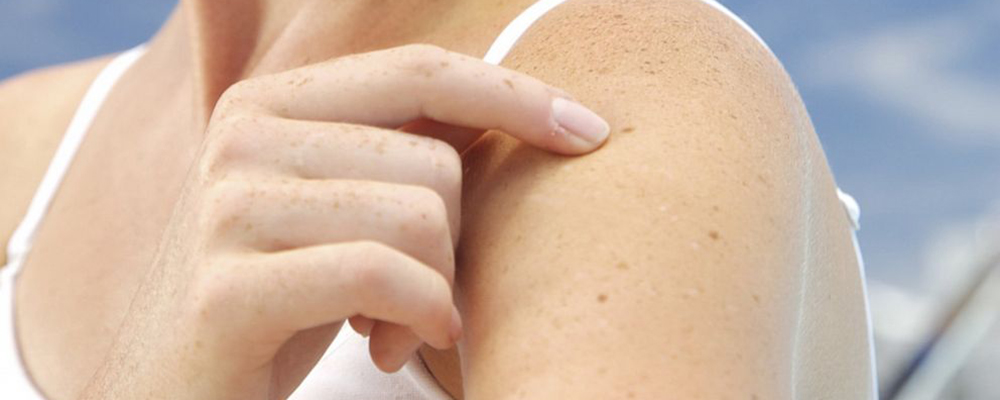
Image courtesy of ABC News
It’s very important to keep an eye on your own skin and with the help of your partner or family member, monitor any changes that may occur. The Australian Cancer Council provides the following information.
What to look for:
These are some changes to look out for when checking your skin for signs of any cancer:
- New moles.
- Moles that increases in size.
- An outline of a mole that becomes notched.
- A spot that changes colour from brown to black or is varied.
- A spot that becomes raised or develops a lump within it.
- The surface of a mole becoming rough, scaly or ulcerated.
- Moles that itch or tingle.
- Moles that bleed or weep.
- Spots that look different from the others.

